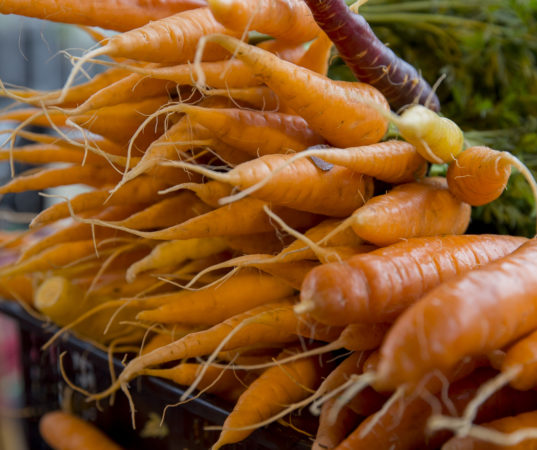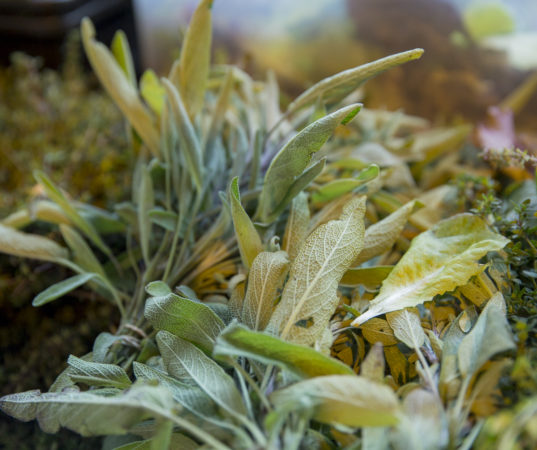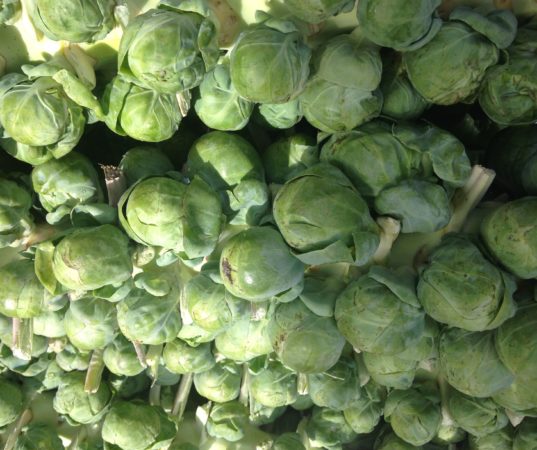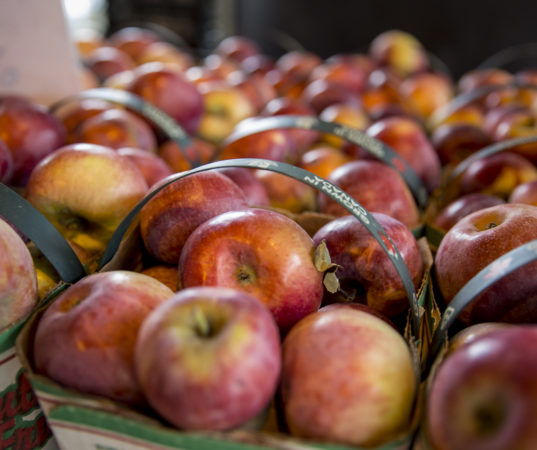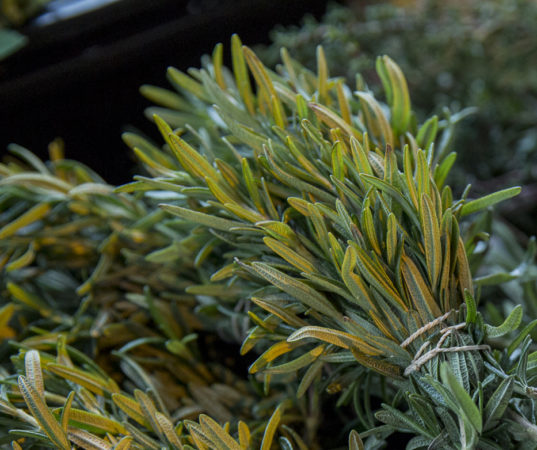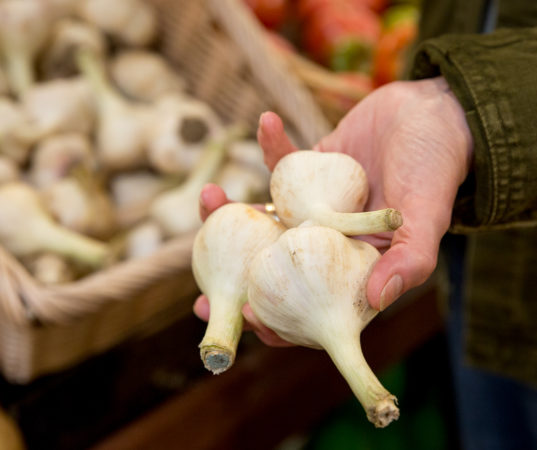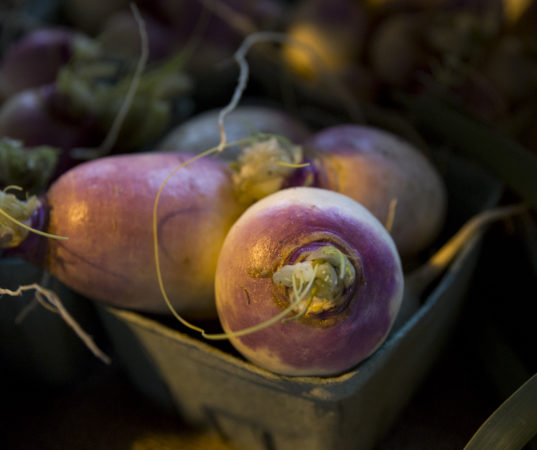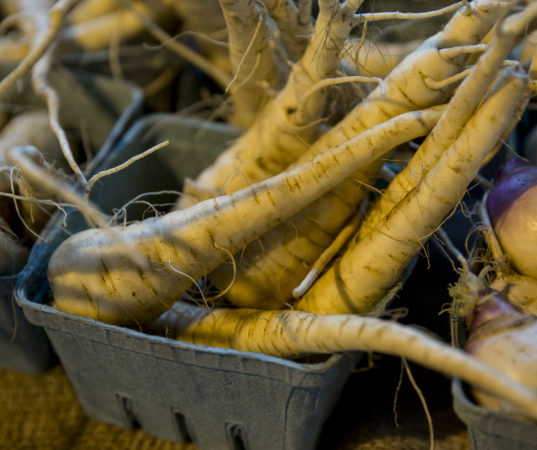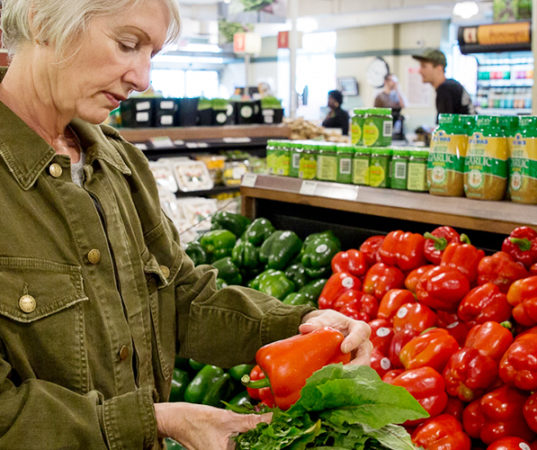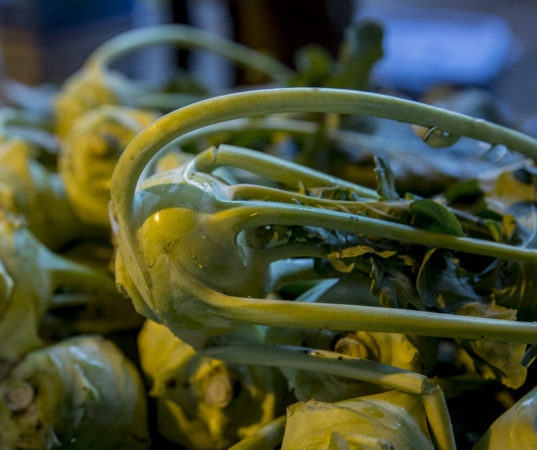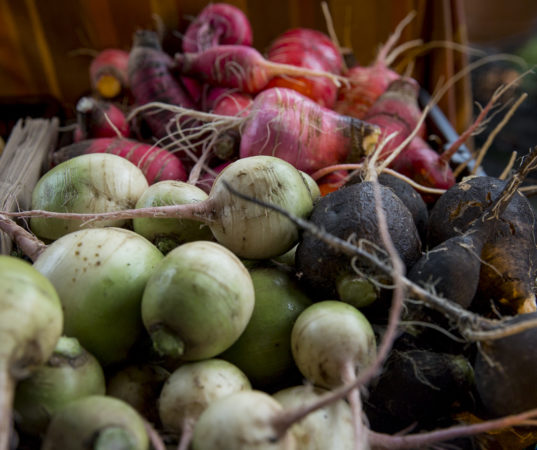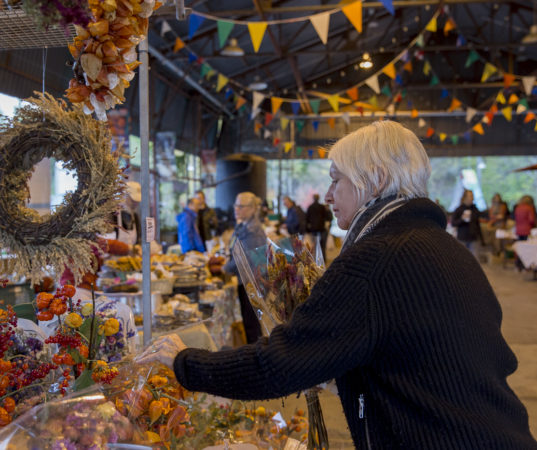Learn how to live a healthy life and leave a legacy of wellness by looking both to the past and to the future.
You Are What Your Grandparents Ate takes conventional wisdom about the origins of chronic disease and turns it upside down. Rooted in the work of the late epidemiologist Dr. David Barker, it highlights the exciting research showing that heredity involves much more than the genes your parents passed on to you. Thanks to the relatively new science of epigenetics, we now know that the experiences of previous generations may show up in your health and well-being.
Many of the risks for chronic diseases — including obesity, type 2 diabetes, high blood pressure, heart disease and dementia — can be traced back to your first 1,000 days of existence, from the moment you were conceived. The roots of these vulnerabilities may extend back even further, to experiences your parents and grandparents had — and perhaps even beyond.
Similarly, what happens to you will affect your children and grandchildren. That’s why it’s so important to make good dietary choices, get a suitable amount of exercise and be cautious about exposure to toxins. Positive lifestyle changes have been shown to spark epigenetic adjustments that can lead to better health, not only for yourself, your offspring and their children, but also for generations to come.
This book makes hard science accessible. It is a call to action for social as well as personal change, delivering the message that by changing our own health, we can also influence the future of the world.
Judith Finlayson is a bestselling author who has written books on a variety of subjects, from personal well-being and women’s history to food and nutrition. A former national newspaper columnist for The Globe and Mail, magazine journalist and board member of various organizations focusing on legal, medical and women’s issues, she is
also the author of over a dozen cookbooks. Judith lives in Toronto, Canada.
Foreword by Dr. Kent Thornburg, Professor of Medicine and Director of the Center for Developmental Health at the Knight Cardiovascular Institute, and Director of the Bob and Charlee Moore Institute for Nutrition & Wellness at Oregon Health & Science University in Portland, Oregon.
YOU ARE WHAT YOUR GRANDPARENTS ATE

Chile peppers bring both sweet and fiery zest to dishes — discover a fascinating and seemingly endless variety within the pages of this delightful book.Contrary to popular belief, a pepper does not need to make your eyes water or start a fire in your mouth to qualify as a chile. “Chile” is simply the common name for the fruit of the capsicum plant and chiles come in a wide variety of colors, shapes and flavors.
There are five major species of chile peppers and thousands of varieties, in a wide range of sizes, shapes and colors. Even experts disagree about how many there actually are. So it is probably not surprising that the spelling for the word itself is somewhat problematic. Is it chili, chilli or chile? You are likely to come across all of those spellings if you are reading up on the topic.
This comprehensive book (which serves as both a reference and a cookbook) from bestselling author and expert researcher Judith Finlayson takes you through dozens of chiles and provides absorbing information on everything from the historical and geographic origins of chiles to information on the Scoville scale (which measures the hotness of a chile and was invented by Wilbur Scoville) to the health benefits of chiles and finally, 250 delicious and inventive recipes.
Full color throughout, this book takes inspiration from chiles and embraces them with an enthusiasm that maximizes their true flavor potential. From fiery Tex-Mex inspired meals to savory and sweet Thai dishes, this incredible collection of recipes is sure to make you a lover of all things chile.
Cuban-Style Hash (Picadillo)
Picadillo is Spanish for “hash.” Essentially, this is a Cuban version of the good old American mélange, eaten on its own or used as a filling for empanadas. Spanish influences, specifically Andalusian, are obvious due to the addition of olives and raisins. Picadillo is often served topped with hard-cooked or fried eggs and is usually accompanied by fried plantains.
A Chile Is a Chili Is a Chilli
Many aspects of the chile are extremely confusing, from its historical misnomer (pepper) to the nomenclature of its many varieties, which even horticulturalists have difficulty sorting out. So it is probably not surprising that the spelling for the word itself is somewhat problematic. Is it chili, chilli or chile? You are likely to come across all of those spellings if you are reading up on the topic.
According to horticulturist and capsicum expert Paul Bosland, the name is derived from the word chil, which comes from the Aztec dialect and refers to plants from the Capsicum genus. The “e” ending is the correct Spanish spelling. English linguists (who probably didn’t know any better) changed it to an “i.”
Although most people associate the word chile with hot peppers, in fact the word refers to capsicums in general, whether they are spicy or not. The word chili refers to the dish, as in chili con carne.
Spring is in the air

Spring is in the air. If you are thinking about taking the family camping during spring break, how about putting fajitas on the menu? They are a great communal meal. Everyone has fun making their own and rolling them up. And then there are toppings to add. Even if you are pitching a tent in the living room or just enjoying a family dinner at home, this Tex-Mex classic is a great mealtime choice.
If I could, I would have my own cow. I just love them!
If I could, I would have my own cow. I just love them! But since I live in the city, I made do with “let’s pretend”. This timer, which I acquired on a visit to @farmhousecheeses – an artisanal cheesemaker in British Columbia – heads my windowsill barnyard. She always makes me smile
Castilian Garlic Soup (Sopa de Ajo)
This traditional garlic soup from Castile may very well be what sustained Don Quixote in his windmill attacks. Continue reading→
Calabrese-Style Fried Potatoes with Peppers (Patate Fritte con Peperoni
If you are looking for the perfect partner to serve with plain-Jane grilled or roasted meat or fish, this Italian version of fried potatoes with peppers is deliciously different. You can use any combination of sweet or even mildly hot peppers (throw in a hot banana pepper for more spice), but I recommend varying the colors for a pretty presentation.
Middle Eastern Walnut Dip (Muhammara)
Depending upon the source you consult, this roasted red pepper and walnut dip is Armenian, Arabian, Turkish or Syrian in origin. In any case, it is healthful, delicious and a welcome addition to any mezes platter. I like to serve it with warm pita bread or cucumber slices. If you are not meat-averse, this dip can also be used as a sauce for kebabs.
Share this:
- Click to print (Opens in new window)
- Click to share on Facebook (Opens in new window)
- Click to share on LinkedIn (Opens in new window)
- Click to share on Twitter (Opens in new window)
- Click to share on Pinterest (Opens in new window)
- Click to share on Reddit (Opens in new window)
- Click to share on Tumblr (Opens in new window)



